Aluminum ore is a very major source of aluminum around the world, while China’s aluminum production value is 79 billion US dollars, and finally the international aluminum production value is 140 billion US dollars.
The United States of America has suffered a loss of 33 billion dollars as a result of the high expenses of producing aluminum in the nation. As a result, aluminum manufacturing has relocated to other countries, such as China and Canada.
The United States produced 1.587 million tons of primary aluminum in 2015, but since then, the country’s output has dropped by 30 percent to a total of 1.25 million tons. Alcoa, situated in Pittsburgh, is the most important main aluminum manufacturer in the United States.
The enormous American corporation operates manufacturing facilities in a number of other countries, including Australia, Brazil, Canada, Europe, Geneva, Suriname, and Saudi Arabia. In 2019, Alcoa produced 10,4 billion dollars worth of aluminum, which is equivalent to $2,141 every ton produced.
According to volume, the following countries generate the most aluminum in the world:
Rank 10: Iceland

The output of aluminum in 2018 amounted to 885,000 tons.
The output of aluminum in 2019 will be 850,000 tons.
9 The United States of America.
The output of aluminum in 2018 amounted to 891,000 tons.
1.1 million metric tons of aluminum will be produced in 2019.
8- Norvège
The output of aluminum in 2018 amounted to 1.3 million tons.
The output of aluminum in 2019 is estimated to be 1.3 million tons.
7- Bahrain
1.01 million tons of aluminum were produced throughout the year 2018.
The output of aluminum in 2019 is expected to be 1.4 million tons.
6- Australia
1.58 million metric tons of aluminum were produced in 2018.
The output of aluminum in 2019 is expected to be 1.6 million tons.
United Arab Emirates comes in at number 5.
2.64 million metric tons of aluminum were produced in 2018.
2.72 million metric tons of aluminum will be produced in 2019.

4- Canada
2.92 million metric tons of aluminum were produced in 2018.
2.9 million metric tons of aluminum will be produced in 2019.
3- Russia
3.63 million metric tons of aluminum were produced in 2018.
3.6 million metric tons of aluminum will be produced in 2019.
2- India
3.68 million metric tons of aluminum were produced in 2018.
3.7 million metric tons of aluminum will be produced in 2019.
1 – China
The output of aluminum in 2018 amounted to 35.8 million tons.
36 million metric tons of aluminum will be produced in 2019.
Since more than 41% of the world’s bauxite is used to make alumina, the consumption of this mineral is highly dependent on the production of alumina and therefore also on the production of aluminum. A small amount of bauxite is also used in the metallurgical industry (refractories, abrasives, etc.).
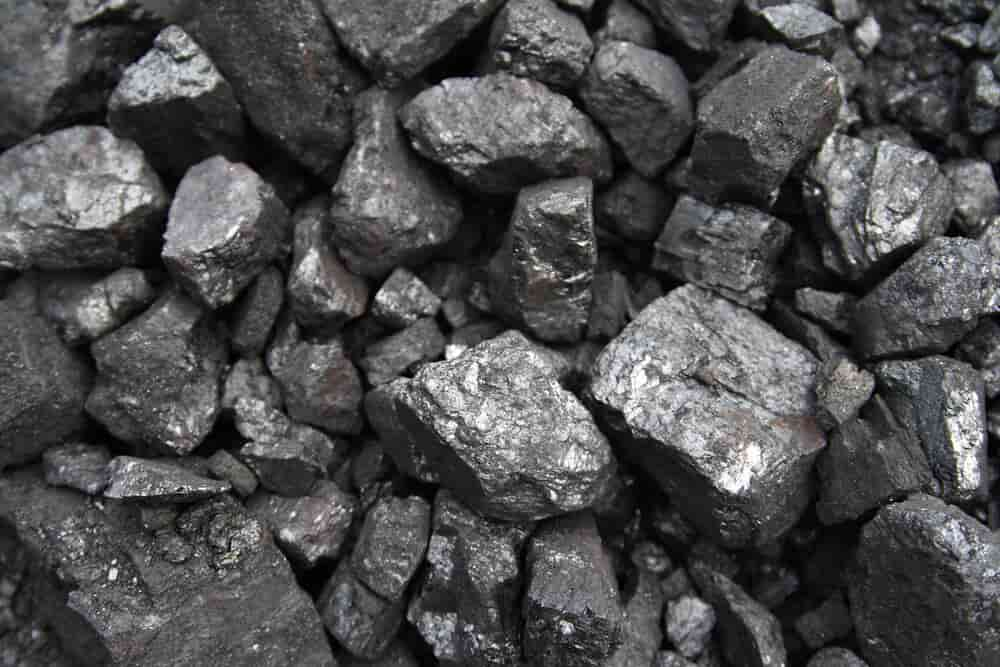
Aluminum ore a major source of aluminum
Aluminum ore is one of the major sources along aluminum scrap and other products like it. Because of its superior properties of being light, environmentally friendly, and able to be converted into a wide variety of metals, aluminum has experienced the highest growth rate among metals over the past three decades.
Aluminum is the third most abundant element in the crust of the Earth and has experienced the highest growth rate among metals over the past thirty years. Material. Due of these characteristics, aluminum is considered a strategic metal in many different countries.
This article begins with an introduction to the applications and qualities of aluminum metal. After that, it explains the enormous sources of bauxite across the world as well as the process by which aluminum is taken from the mines.
The following provides a summary of the current state of aluminum in Iran in addition to a study of the primary producers and users of this metal, consumption as a percentage of the population, and pricing patterns.
At long last, a discussion of the challenges and opportunities facing the aluminum sector is undertaken. Bauxite is the most common mineral form in which aluminum can be found and it has a silvery appearance.
Aluminum is a malleable and lightweight metal that is yet quite strong. It has the look of a silvery gray and the prevention of rust is due to a thin oxide layer that forms on its surface as a result of its interaction with air. Aluminum is a malleable and flexible metal that easily bends and weighs roughly a third as much as steel or copper does.
In addition, this nonmagnetic element is the second malleable metal and the sixth malleable metal out of all the malleable metals.
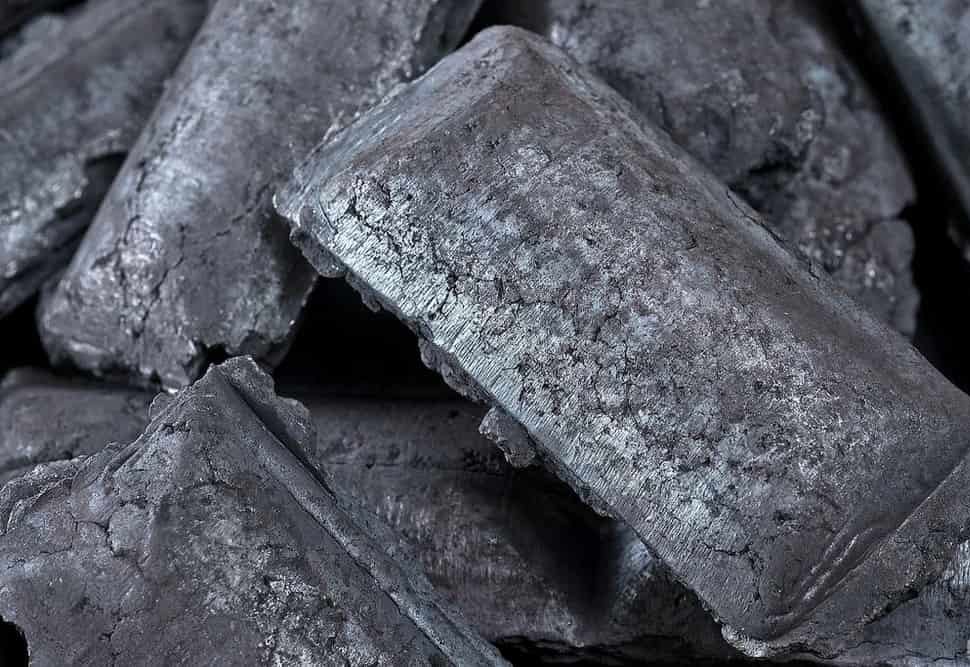
Aluminum is used extensively in the construction of essential structural components across the aviation sector as well as other phases of the transportation process.
In addition, the presence of this element is extremely significant in the construction of buildings that call for constant weight and strength.
Aluminum, which is capable of storing 45% of the energy it receives, is entirely recyclable and is regarded as the third most prevalent element in the crust of the planet, following oxygen and silicon in that ranking.
In the last 31 years, all of these reasons have contributed to the consumption of this metal increasing at the rate that is the fastest growing of any metal, and it is anticipated that this trend will continue for the next 31 years.
Aluminum oxide, also known as aluminum oxide (Al2O3), is the primary raw material that is used in the manufacturing of this metal. It is extremely pure.
Aluminum production accounts for approximately 41% of the consumption of alumina. Every ton of aluminum that is manufactured in the world requires two tons of alumina, and every ton of alumina that is manufactured in the globe requires two tons of alumina. In order to produce two to three tons of aluminum, bauxite is required.
Pure aluminum is weaker than the alloys because of its softer nature. Work on the metal in the form of piping or shaping can result in some degree of hardening and strengthening of the material.
However, because of the low requirements for hardness and strength in this application, aluminum is typically utilized as part of an alloy with other metals; despite the fact that the quantity of additional metal in the alloy compared to the amount of aluminum is quite low.
Aluminum is the second most useful metal after iron, and it is essential to virtually every sector of the economy. Aluminum in its purest form is fragile, but when combined with trace amounts of other elements, such as copper, magnesium, manganese, silicon, and others, it may be used to create alloys with a wide range of useful qualities. These alloys are vitally crucial for the construction of rockets and airplanes.
A coating is produced by the evaporation of aluminum in a vacuum; this coating has the ability to reflect both visible light and radiant heat. These coatings result in the formation of a very thin layer of protective aluminum oxide that does not lose its qualities in the same way as silver coatings do. The most important applications for aluminum and its derivatives may be broken down into the following categories:
Metals
Aluminum, when combined with trace amounts of other elements such as silicon, zinc, manganese, magnesium, copper, or lithium, can produce alloys that are resistant to wear and rust and find applications in the production of packaging, containers, electronics, building materials, aerospace, and automobiles.
Subject: Chemistry
In addition to its use as an excellent heat conductor in the production of cooking utensils, aluminum is also put to use in the production of a variety of insulating materials.
Aluminum is the second most conductive element after copper, and it is employed in the creation of high voltage transmission lines because it can produce highly strong wires. Copper is the most conductive element.
Bauxite is utilized in the production of cement as well as permanent colors. Additionally, alumina powder in the form of bauxite is utilized in the purification of water in order to produce aluminum sulfate and sodium aluminate. In addition, the production of paper and textiles also make use of aluminum sulfate.
Recycling
Over 61 percent of the metal aluminum is recycled, and aluminum scrap is exchanged on marketplaces all over the world. The majority of aluminum scrap is sent to smelters that produce secondary aluminum.
This method not only lowers the cost of smelting and generating aluminum but also contributes to the preservation of environmental quality. Furthermore, it is economically viable since it reduces the amount of energy required for both processes.
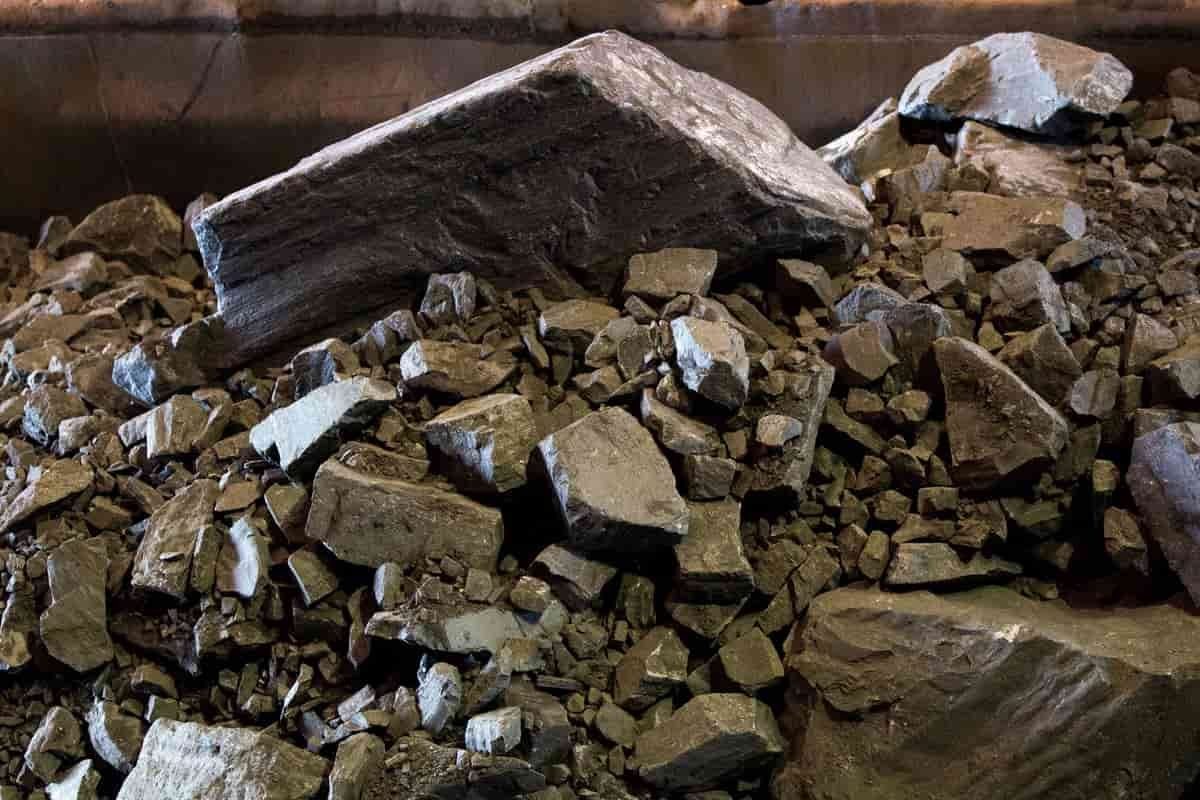
Aluminum ore source of aluminum
Aluminum ore and aluminum scrap are sources of aluminum and they have a big role in production of aluminum products. Since the 1970s, there has been a concentrated effort directed on increasing fuel efficiency, decreasing vehicle weight, cutting down on waste generated by vehicles, and enhancing passenger safety.
Because of this, there has been a rise in the utilization of resilient materials such as aluminum, resistant steel, magnesium, and robust polymers. The Environmental Protection Agency (EPA) in the United States has established a standardized method for measuring the amount of gasoline consumed by passenger automobiles.
The vehicle had a gross weight of 1,485.3134 pounds in the year 2011. In 2011, it reached 2888 pounds, with 2793 pounds being the finest condition it could be in.
Noting that the industry is adopting various alternatives to current materials like aluminum is one way to achieve the goals of enhancing safety and lowering and preventing trash from entering the natural world. Another objective is to prevent waste from entering the natural world altogether.
Casting vehicle parts, like as wheels and engine components, were traditionally done using aluminum in the past. The use of aluminum in the design and manufacture of bodies has seen tremendous growth in recent years, despite the fact that this application continues to be the most important use of aluminum in modern times.
Because of their relatively low weight in comparison to their great tensile strength, aluminum alloys are frequently utilized in the production of both civilian and military aircraft. Seven percent of the materials that go into the construction of airplanes are aluminum alloys.
As a result of the need for stronger materials in military aircraft, such as titanium, aluminum is utilized more frequently in passenger aircraft than in military aircraft.
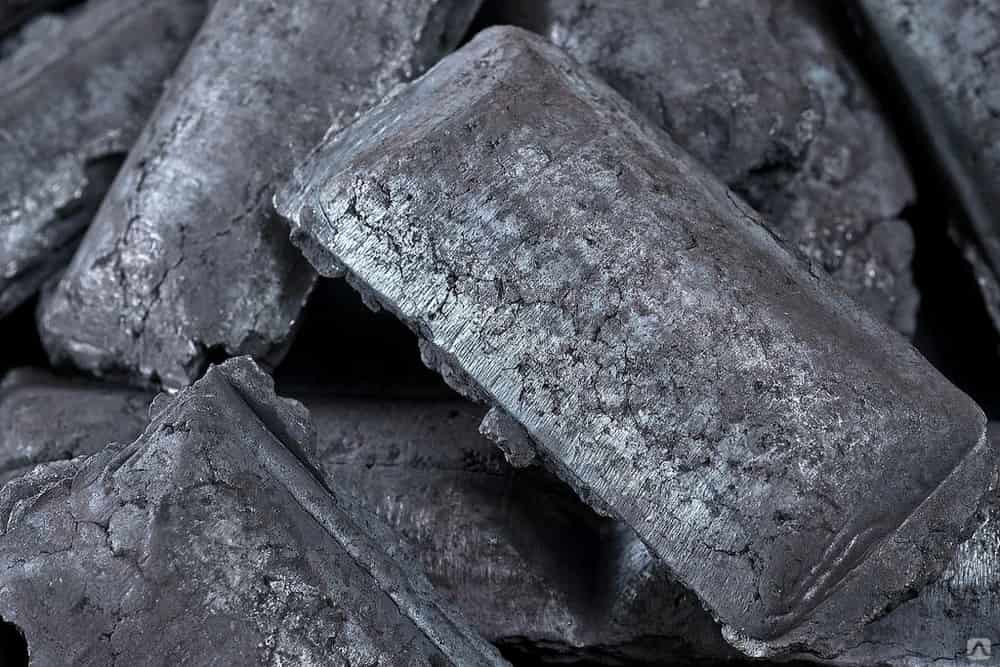
On the other hand, the market for alloys that are used in military aircraft is quite pricey due to the fact that the alloys that are employed in this industry are very pricey. Aluminum is the best material to employ on an airplane, and it typically accounts for between 55 and 81 percent of the overall weight of the aircraft.
Aluminum is used in modern steel production processes and steel polishing. Aluminum is added to steel to improve its mechanical (physical) properties. Aluminum is added to mild steel to increase its tensile strength by reducing the nitrogen content.
One of the important uses of aluminum is to protect steel sheets from rust.
This steel coating composition contains 55% aluminium, 93.5% zinc and 1.5% silicon. The primary use of galvanized iron and its similar compounds is in the automotive industry, typically in fuel transmission lines, oil cooling lines, and power lines.
Aluminum is an active metal and cannot be separated from its ore by carbon reduction. One of the ways to separate this metal is through electrolysis.
(This metal is oxidized in solution and then separated into pure metal.) So for this the ore must be placed in a liquid. But bauxite’s high melting point (2111 degrees Celsius) makes this amount of energy prohibitive from an economic point of view.
Over the years, bauxite has been placed in molten sodium fluoride and aluminum, reducing its melting point to 411 degrees Celsius.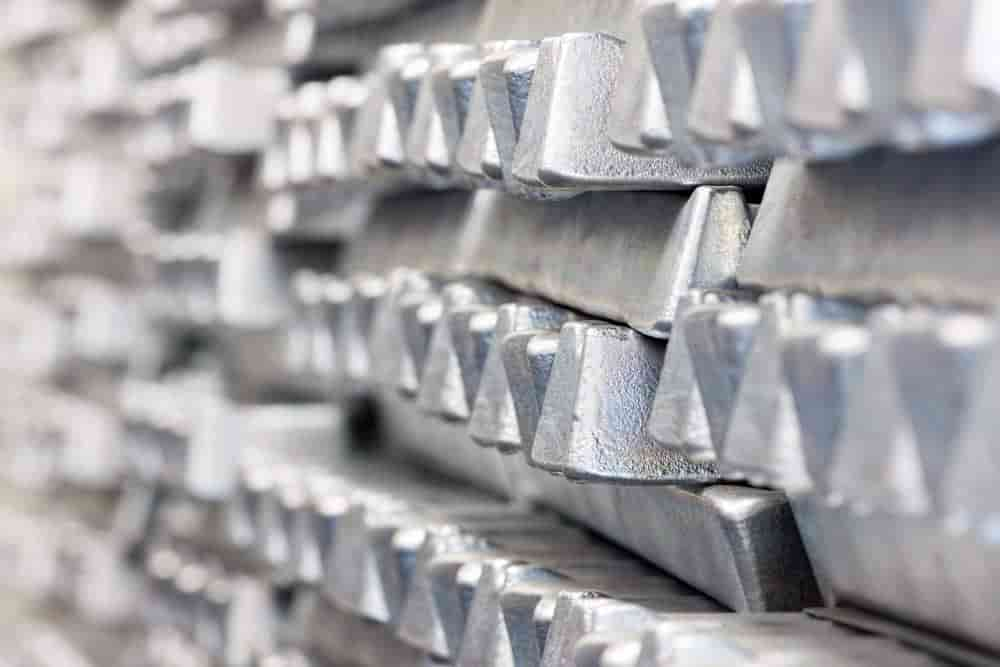
But today artificial mixtures of aluminum fluoride, sodium and calcium have replaced sodium and aluminum fluoride. The process still requires a lot of energy, and aluminum plants have their own power plants around these plants. The electrodes used for bauxite electrolysis are all carbon.
Generally, the first step in aluminum extraction is to get it out of the ground in a mine. Although aluminum was never found in the Earth’s crust alone (due to its high reactivity), it existed in compounds combined with other elements, notably oxygen and silicon.











Your comment submitted.